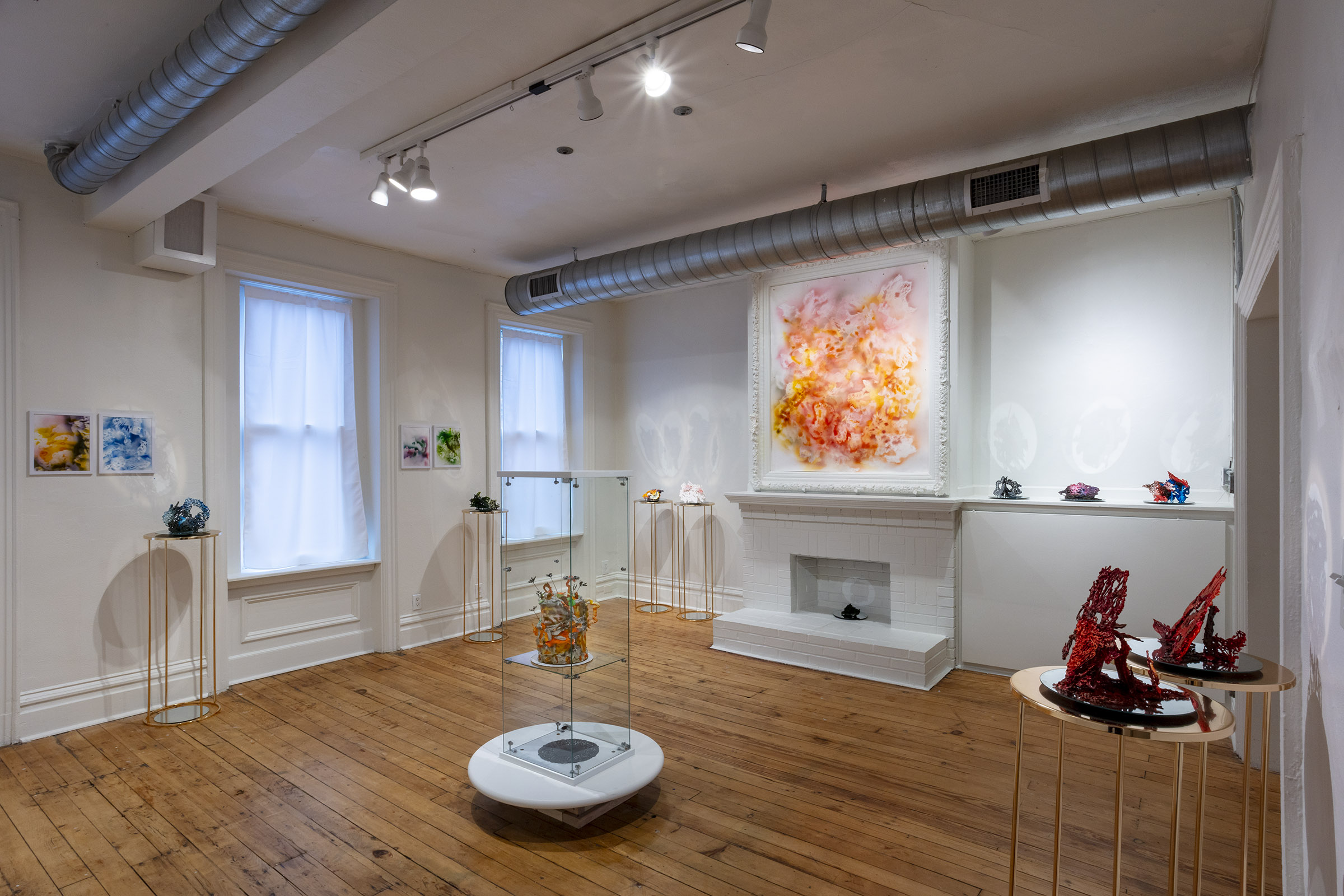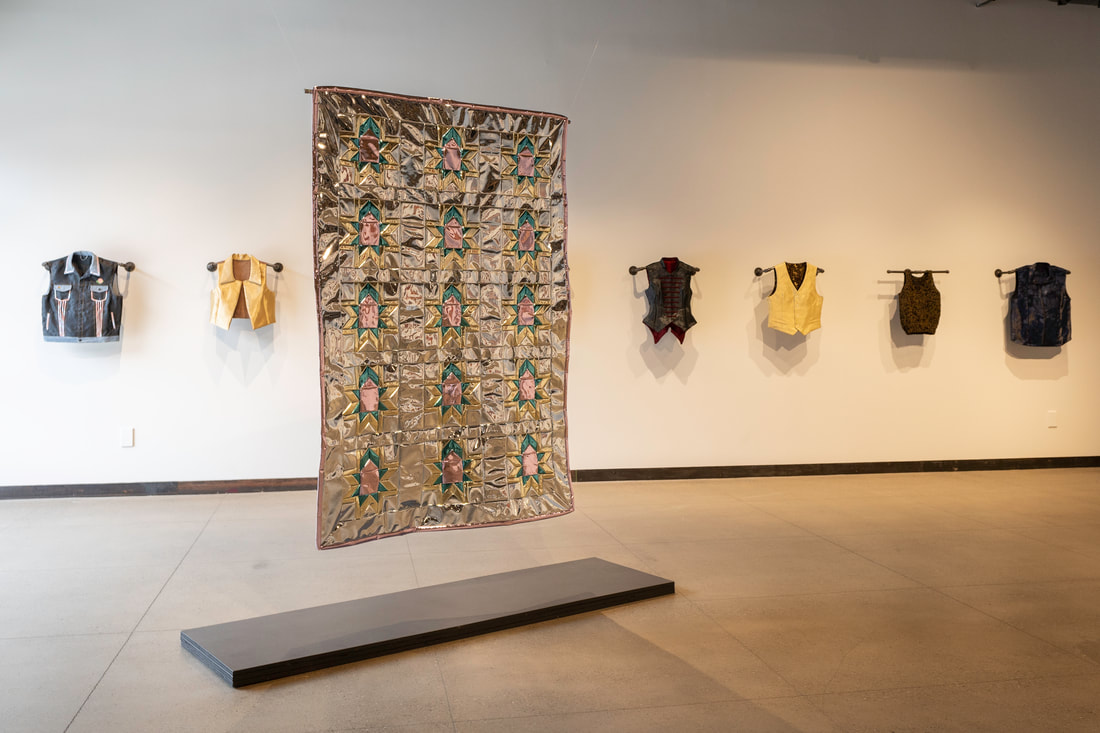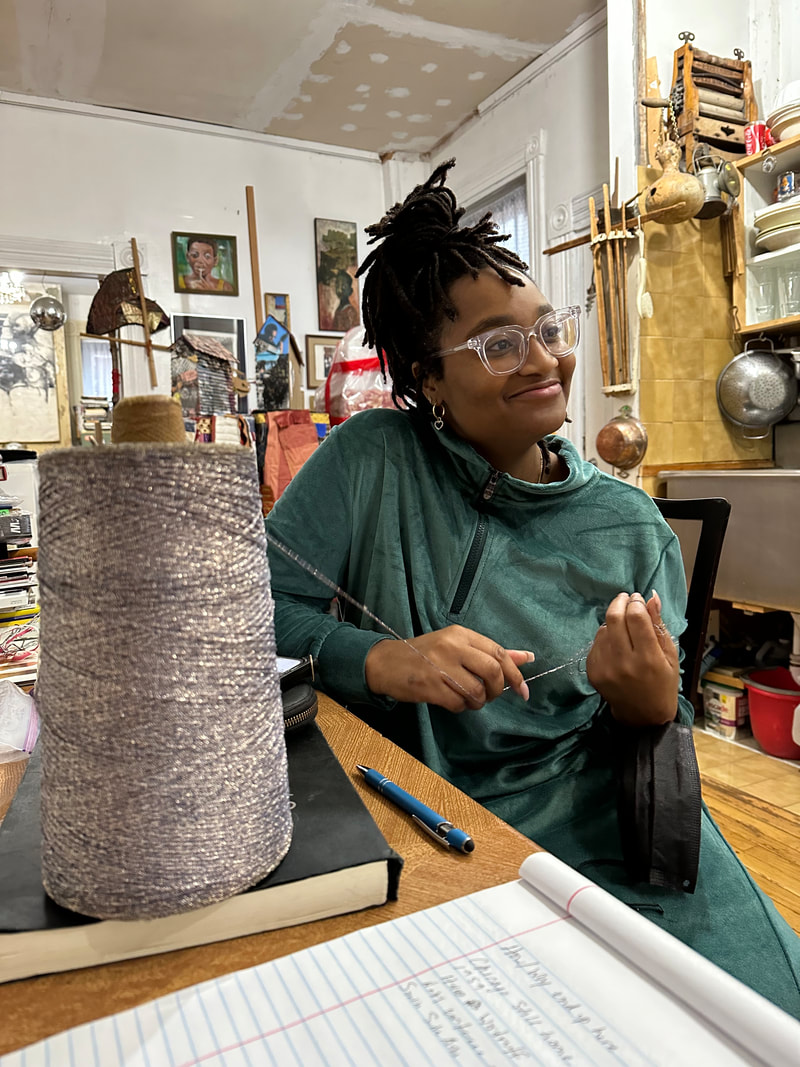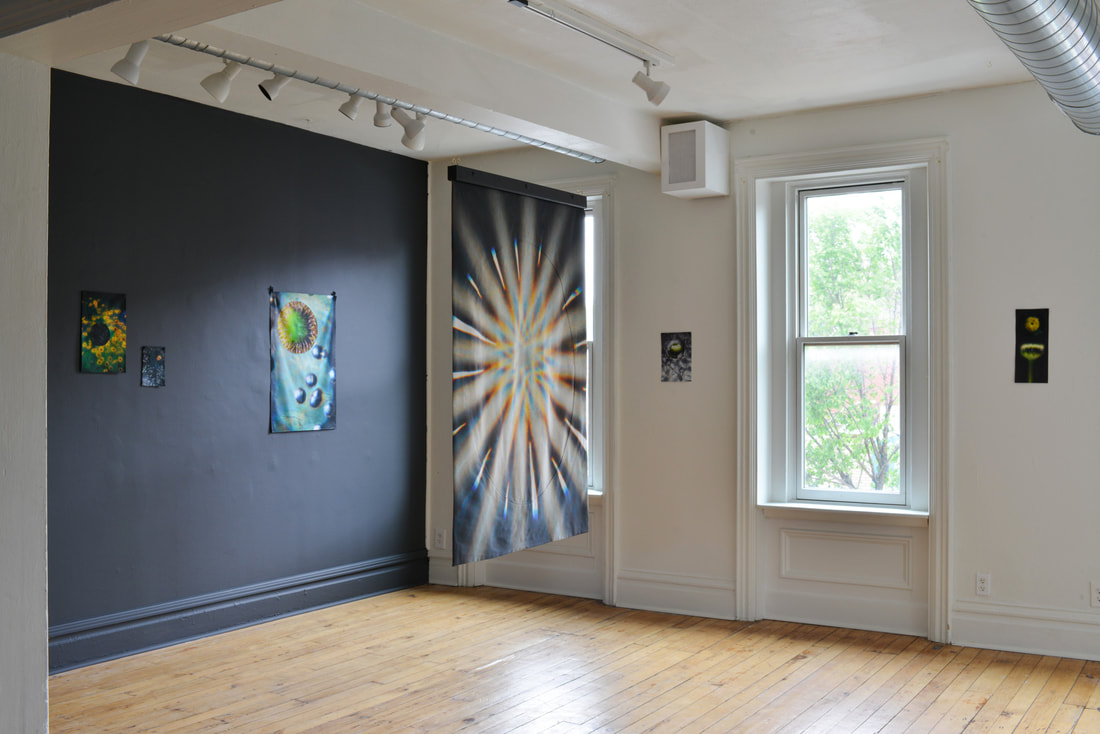Grief Cake: Laurie Trok’s Art of the Ephemeral
Laurie Trok’s Grief Cake asks the question—does time heal all, or does it change all?
Written by: K.G. Strayer

The smell of sugar wafts through the air to greet me as I climb the stairs to the gallery space at Bunker Projects to experience Laurie Trok’s Grief Cake. Already, I am plunged into the playful, layered world of Trok’s creation. The multidisciplinary Pittsburgh artist’s attention to sensory potential is evident even before entering the room.
People chat and laugh in the kitchen conjoining the gallery space, sipping drinks and eating morsels as I begin to take in the art. The atmosphere feels very much in line with the show’s communal focus. I start in the back room, beckoned by its openness and light. There, I find the current “Grief Cake” on display. Trok has baked and sculpted a huge variety of cakes for this exhibit. In the end, it will be eleven in total—all works of art available to be purchased and literally consumed by the public.
This evening’s Grief Cake is a reflection of spring time in Pittsburgh, frosted in unassuming concrete grays and flooding-rain blues. Real violets pop against the cake’s backdrop, some of the first signs of life after a long winter, emerging from the top and sides. Stripped dandelion stems poke out among them, many of them drooping wearily, having almost fully completed their life cycle. One stem stands out, reaching upward toward the light, toward what was the sun, a memory of its petals.

“Cake as landscape, cake as atonement,” Trok’s words chant in “Incantation for a Grief Cake,” which is part-poem, part-artist’s statement, and part-spell. The significance of the cake shimmers and shifts through this incantation—a ritual for grief, an urn for the dead, a pet, a protest. The cake as the center of a fine art exhibit is a delicious complication of the domestic and the ceremonial. Beyond that, it is ephemeral—meant to be eaten, consumed in a way that transcends the transactional and creates an opportunity for embodied communion with the art.
On display in the room surrounding the Grief Cake, sugar sculptures add to the sweet aroma in the air. I was especially drawn to “Phantom Daughters,” a pair of radiant red and orange sculptures with dimensional darkness bleeding through the colors. Each was thoughtfully lit in a way that cast an elaborate shadow on the wall, the negatives commanding almost as much attention as the pieces themselves. Their color added something like a corona to this effect, bringing to mind the recent solar eclipse.
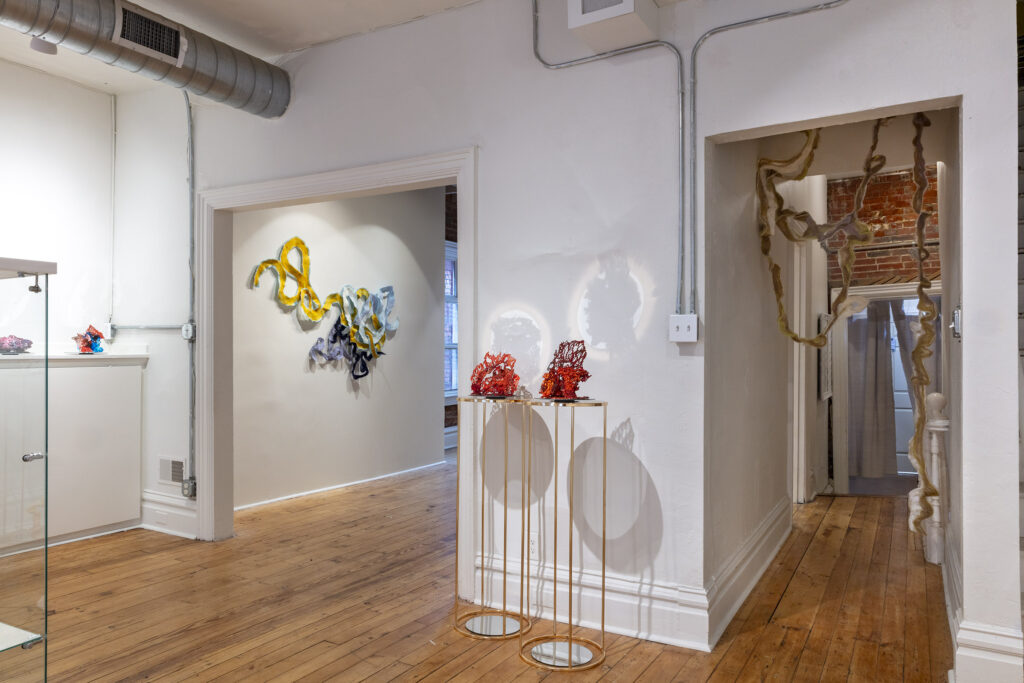
Like the cake, the sculptures complicate the viewer’s relationship to what a piece of art is and can be. Alongside “Incantation for a Grief Cake,” Trok has penned “Instructions for caring for a Sugar Sculpture:”
“You’ve just picked up your first Sugar Sculpture and you’re probably wondering what happens next. You’re not alone. Loving a fragile thing is rewarding but requires courage.”
I expected the instructions to detail all the precautions one might take to preserve the sculpture and ensure its longevity. Instead, these instructions are a celebration of its fragility. Occasions for smashing the sculpture, savoring it slowly, eating it in celebration, or allowing it to melt away in the rain or the bathtub all swirl together to remind us of Trok’s pursuit of art-in-time, an embrace of living and of the space her materials open up within it.
Mounted on the walls, what look to be paintings at first glance turn out to be siblings of the sugar sculptures, rendered with food dyes and other food-grade materials on paper. Hanging above the space’s former fireplace, the largest piece at 60” x 48”, “Cirrocumulus” immediately commanded my attention when I first arrived. Its exuberant bursts of pink, yellow, and orange warmed my heart, like flames leaping out of and beyond the confines of the hearth. Below it, the sugar sculpture “Forced Afterbirth” mimics leftover coals, in stark contrast to the riot of color above.
“Color is intended to change and fade over time,” a note instructs in the guidebook beneath “Cirrocumulus.”
Beyond the sweets, Trok explores other mediums like graphite drawings and sculptural fiber-based pieces to round out Grief Cake. “Felt like frosting” is a decadent, looping design marrying the concepts, the alpaca roving mirroring a larger-than-life, piped buttercream. Many of the fiber pieces are site-specific installations, worked into the architecture of the space to bring the very walls into the realm of the organic.
Each piece in this exhibit challenged me to think beyond the usual confines of fine art. It need not be immortal—in fact, it can very much invest itself in mortality, insist on the body and its brevity. I’ve often heard the adage “time heals all wounds” and found it especially inaccurate as it applies to grief. Laurie Trok’s Grief Cake offers an alternative rooted in what it actually feels like to live through it. Time changes all. Healing is not only not inevitable, but not the point.
I am, myself, an avid baker. I’ve made some elaborate cakes in my life, but only, in retrospect, a number I could count on two hands. A cake is an event—often taking days to craft. A cake is something to be shared. It is meant for an occasion, and it is an occasion in and of itself. I am grateful to have shared in the experience of Grief Cake, and I won’t soon forget it—especially the next time I bake a cake.
K.G. Strayer (they/them) is a trans, nonbinary writer and artist from Kalamazoo, Michigan and Pittsburgh, Pennsylvania. They have an MFA in poetry from The University of Pittsburgh. They write and live across genre, often as a barista by day. Their poems have recently appeared in Jelly Bucket and Superstition Review, and their debut book, Stellar Nursery: On My (Trans) Body and My Choice, was published with Quilted Press in February, 2024. Connect with K.G. on instagram @kgstrayer, or find out m
